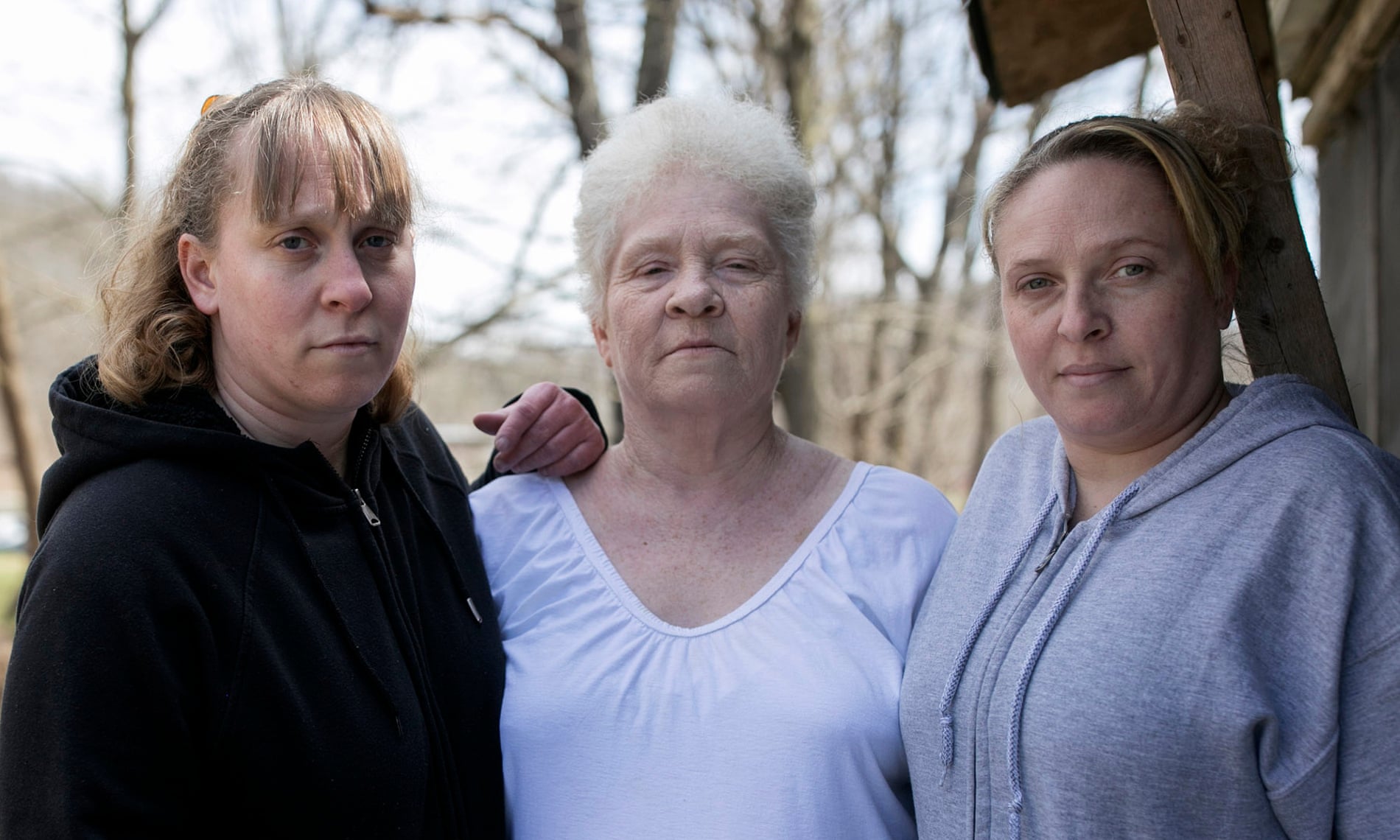In 1870, Henrietta Wood Sued for Reparations—and Won
Smithsonian Magazine
September 2019
W. Caleb McDaniel, Associate Professor of History
Rice University, Houston, Texas
/https://public-media.si-cdn.com/filer/28/f9/28f919ff-40e1-4d7f-bcdb-7119dd7d7c1e/sep2019_e05_prologue_copy.jpg)
No image of Henrietta Wood survives today, but her story is recorded in court filings, including the verdict slip above. (Illustration by Cliff Alejandro; Source material: W. Caleb McDaniel; New York Public Library (3)) |
The $2,500 verdict, the largest ever of its kind, offers evidence of the generational impact such awards can have
On April 17, 1878, twelve white jurors entered a federal courtroom in Cincinnati, Ohio, to deliver the verdict in a now-forgotten lawsuit about American slavery. The plaintiff was Henrietta Wood, described by a reporter at the time as “a spectacled negro woman, apparently sixty years old.” The defendant was Zebulon Ward, a white man who had enslaved Wood 25 years before. She was suing him for $20,000 in reparations.
Two days earlier, the jury had watched as Wood took the stand; her son, Arthur, who lived in Chicago, was in the courtroom. Born into bondage in Kentucky, Wood testified, she had been granted her freedom in Cincinnati in 1848, but five years later she was kidnapped by Ward, who sold her, and she ended up enslaved on a Texas plantation until after the Civil War. She finally returned to Cincinnati in 1869, a free woman. She had not forgotten Ward and sued him the following year.
The trial began only after eight years of litigation, leaving Wood to wonder if she would ever get justice. Now, she watched nervously as the 12 jurors returned to their seats. Finally, they announced a verdict that few expected: “We, the Jury in the above entitled cause, do find for the plaintiff and assess her damages in the premises at Two thousand five hundred dollars.”
Though a fraction of what Wood had asked for, the amount would be worth nearly $65,000 today. It remains the largest known sum ever granted by a U.S. court in restitution for slavery…
But Wood’s name never made it into the history books. When she died in 1912, her suit was already forgotten by all except her son. Today, it remains virtually unknown, even as reparations for slavery are once again in the headlines.
I first learned of Wood from two interviews she gave to reporters in the 1870s. They led me to archives in nine states in search of her story, which I tell in full for the first time in my new book, Sweet Taste of Liberty: A True Story of Slavery and Restitution in America…
Read the entire article here.




/https://public-media.si-cdn.com/filer/28/f9/28f919ff-40e1-4d7f-bcdb-7119dd7d7c1e/sep2019_e05_prologue_copy.jpg)


